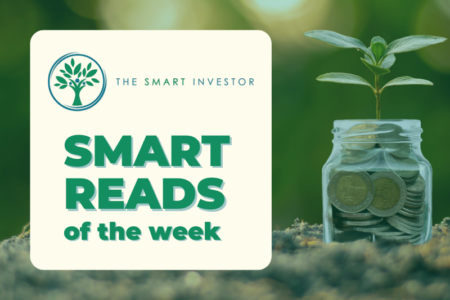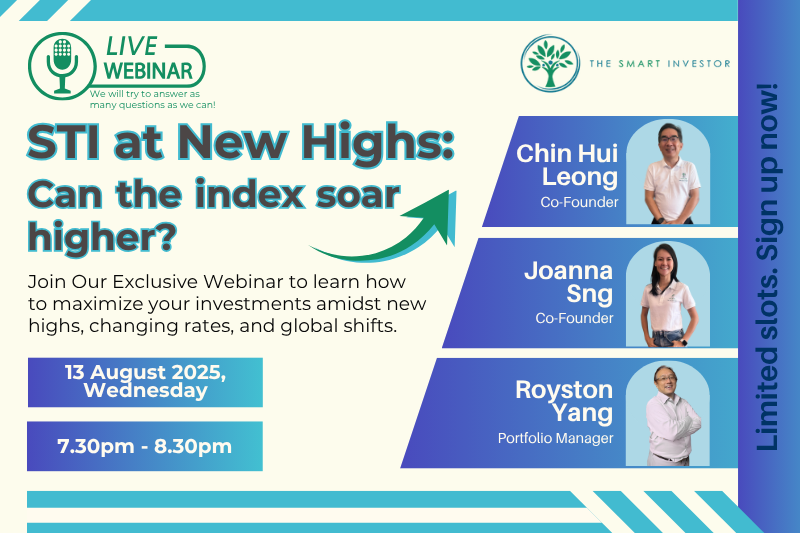February started with a bang when newly elected US President Donald ordered a 10% tariff hike on Chinese goods.
His order was met with retaliation from the Middle Kingdom.
China’s finance ministry hit back by imposing a 10% tariff on a range of US imports, including crude oil, farm equipment, and trucks, and a 15% tariff hike on US coal and liquefied natural gas (LNG).
As it stands, neither side appears to be backing down.
For all we know, the US-China trade war may drag on.
That said, there are signs that as the two economic heavyweights are slugging it out, the rest of Asia is picking up the slack.
According to the Asian Development Bank (ADB), Southeast Asia’s GDP growth is projected to be 4.7% in 2025. Meanwhile, the IMF is projecting GDP growth of 6.5% for India.
The Asian Travel Boom
According to a recent Mastercard (NYSE: MA) report, outbound travel from Mainland China is still at less than two-thirds of its pre-pandemic level.
Slowing income growth and falling property prices have cut Chinese travel budgets.
However, middle-class travellers in India, Indonesia, and the Philippines have helped fill the gap, backed by rising income and household wealth.
For example, outbound travel from India, the fourth-largest Asian market, is back to pre-pandemic levels while inbound visits have exceeded pre-pandemic levels.
The fastest-growing Asian travel corridors may not be what you expect.
For instance, among the top 10 routes in this cohort are Indonesia to Vietnam, India to South Korea, and Taiwan to Thailand.
Here’s what you shouldn’t miss: Mastercard said bargain shopping is a major pull factor for these routes, with Japan being a favoured destination.
For investors, that spells opportunity.
The Rise of the Asian Middle Class
Shoppers in Japan may be looking to pick up apparel bargains at Uniqlo, owned by Fast Retailing (TSE: 9983). They may also drop in for lunch at Sushiro, Japan’s largest conveyer-belt sushi chain which is under Food & Life Companies (TSE: 3563).
Japan is not the only beneficiary.
Singapore travellers to Malaysia may also pick up everyday goods from Nestle Malaysia (KLSE: 4707) or Dutch Lady Milk Industries (KLSE: 3026).
While we are talking about travellers here, there is a bigger trend in play.
Research from Jones Lang LaSalle (NYSE: JLL) projects that the number of middle-class households in Asia will surpass one billion by the end of 2024.
This key estimate has not escaped the eyes of my co-founder, David Kuo.
Get Smart: A boom in dividends
Here’s why David’s investment strategy is simple.
He starts with long-term trends that can sustain themselves for a decade or longer.
The rise of the Asian consumer fits the bill nicely.
Then, David looks for good businesses that can profit from this trend.
He draws from his wealth of experience to find the best of the bunch.
The third and final step is about dividends.
My co-founder does not buy stocks that do not pay a dividend.
You can say it’s a simple rule.
But it speaks to David’s focus on what he wants: regular income.
Focusing on what you want is harder than it looks.
For David, he will forgo profitable companies that do not share their profits as dividends.
But here’s the simple truth: you are successful in investing when you achieve your goals.
Said another way, sticking to what you want gets you to where you want to go.
For David, it’s passive income, which dividends provide.
The question is: what are YOU looking for in investing?
If it’s passive income, consider following David’s lead.
Disclosure: Chin Hui Leong owns shares of Mastercard.





